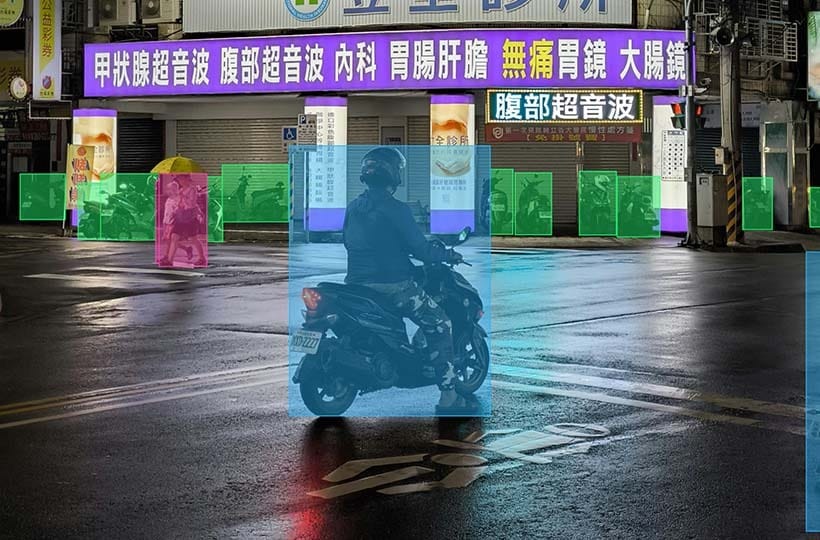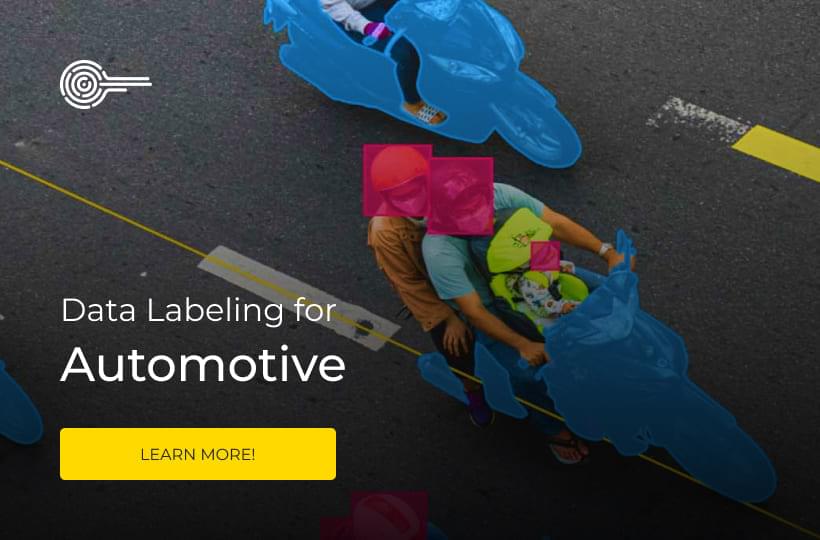Implementing CI/CD for Data Annotation: Practices and Tools

At the heart of CI/CD is automation. Automated pipelines accelerate the delivery of new features and ensure that every change is thoroughly tested, reducing the risk of errors in production.
A correctly implemented CI/CD pipeline for data annotation streamlines workflows and improves collaboration by unifying coding, testing, and deployment into a single process.
Quick Take
- CI/CD pipelines reduce deployment time.
- Automated testing and quality assurance ensure code quality.
- Compliance with version control and deployment security is ensured through practices like semantic version control.
- CI/CD supports multiple environments, streamlining resource management.

CI/CD in Data Annotation Workflows
CI/CD (Continuous Integration/Continuous Deployment) is a set of software development practices that automate the integration and deployment of changes to code or data. In the context of data annotation, this means automating the processes of adding, validating, and updating annotated data for training machine learning models.
Continuous Integration (CI) is adding changes to a master repository where they are automatically validated.
Continuous Deployment (CD) automatically deploys or incorporates new annotations or changed data into a workflow.
Implementing CI/CD in Data Annotation Workflow
- Integrate with Version Control Systems. Use version control systems for annotated data and processing code. This allows you to track annotation changes and deploy them to the system automatically.
- Automated Annotation Testing. Automated annotation checks validate quality, detect incompatibilities, and ensure correct formatting in annotated data.
- Automated data processing and updates. Implement automatic processing of new annotated data, storing it in databases, and updating training sets without human intervention.
- Monitoring and quality control. Monitoring tools help to monitor the annotation process in real-time.
- Improved collaboration between teams. A common platform for team collaboration allows you to make changes to the data and adjust AI models constantly.
Benefits of CI/CD in data annotation
CI/CD automates most of the tasks humans perform, such as checking the quality of annotations, integrating new data, or adding new annotations. This significantly reduces time and saves resources. Automating these processes reduces the number of human errors, resulting in a high-quality dataset for training AI models.
Integrating changes provides constant version control and allows you to identify problems during the annotation processing process quickly.
Providing feedback on the quality of annotations adjusts processes and improves the accuracy of data for training AI models.
Continuous Integration and Continuous Delivery Practices
A single repository stores changes in one place, creating a centralized point for tracking change history, fixing bugs, and controlling different software versions.
Continuous integration and delivery allow you to automatically test, build, and deploy changes from a single repository. These processes are automated and do not require human intervention.
Teams have shared access to all changes in a single repository. This allows each team to change a single repository and collaborate with other teams.
A single repository allows you to scale projects and their components without maintaining separate repositories for each part of the project. This simplifies the management of large and complex projects and reduces the cost of managing multiple repositories.
CI/CD tools integrate with a single repository because they can work with a single source code. This reduces the time spent on system setup and maintenance.

Tools for automated annotation pipelines
- Tools for automated text processing perform preprocessing and annotation of text data.
- Tools for image and video annotation automate the labeling process. Computer vision detects, recognizes, and labels objects.
- Speech recognition platforms automatically convert audio to text with tools. This allows annotation using speech recognition and processing of the resulting text data.
- Tools for annotated data processing allow for automated and quality control of annotated data. This combines machine learning systems with feedback for quality assurance.
- Machine learning modules use the collected annotations to train machine learning models. They automatically adapt algorithms to new data, which simplifies the annotation process.
Optimize your CI/CD pipeline with automation, testing, and security
Automating your CI/CD pipeline reduces manual work, reduces annotation errors, and speeds up your development cycle. Scripts and configuration management tools help streamline your build, test, and deploy processes.
Different types of testing help you identify errors early in development, verify interactions between modules, and simulate real-world user behavior. Continuous monitoring of test results allows you to identify and fix problems quickly.
CI/CD pipelines are secured with automated code scans for vulnerabilities. Dependency checks and dynamic security testing protect against potential threats. Data encryption at all stages of deployment reduces the risk of access and information leakage.
Optimizing your CI/CD pipeline with automation, testing, and security reduces time to market, improves code quality, and improves security.
New trends in CI/CD and platform development
Current trends in CI/CD and platform development are focused on automation, security, and integration with cloud technologies. This allows companies to release high-quality and secure software solutions.
The concept of "Everything as Code" (EaC) allows you to describe the infrastructure and CI/CD processes in code, ensuring consistency and simplifying automation.
The introduction of artificial intelligence and machine learning into development processes helps analyze the history of changes, predict errors, and automatically optimize workflows.
Strengthening security (DevSecOps), thanks to checks at each CI/CD pipeline stage. This helps to avoid the spread of confidential data.
The development of hybrid and multi-cloud solution technologies allows you to work simultaneously in multiple environments, providing flexibility in choosing the infrastructure.
FAQ
What is CI/CD, and how does it apply to data annotation?
CI/CD (Continuous Integration/Continuous Deployment) is a set of software development practices that automate the integration and deployment of changes to code or data.
Why is CI/CD essential for data annotation workflows?
CI/CD simplifies annotation by automating repetitive tasks, ensuring rapid delivery of annotated datasets, and improving collaboration across teams.
What tools are commonly used for CI/CD in data annotation?
Popular automation tools include version control systems.
How can we ensure data quality in CI/CD pipelines?
Integrating automated testing and validation checks within the pipeline ensures that each dataset meets predefined quality standards before deployment.
What are the practices for implementing CI/CD?
Creating a single repository, automating build and test phases, and feedback loops.
How does CI/CD enhance security in data annotation?
CI/CD ensures that data annotation pipelines are secure and compliant with regulations by enforcing access controls, encrypting sensitive data, and conducting regular audits.
What is the future of CI/CD in data annotation?
The future involves greater integration with AI and machine learning and more sophisticated automation and collaboration tools, further enhancing efficiency and data quality.

